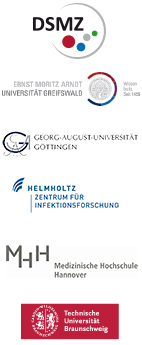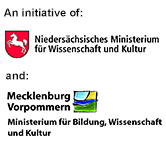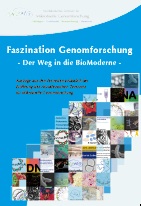NZMG - Norddeutsches Zentrum für Mikrobielle Genomforschung
Last update: 21 Feb 2025

NZMG-Partner involved in Collaborative Research Centre Transregio 51 |
SFB/TRR51 extended until December 2021 |

The aim of the TRR 51 is to understand the evolutionary, genetic and physiological principles which are the foundation of payoff of these bacteria. To achieve this the Roseobacter group has to investigate from the ecosystem to the system biology of model organisms respective to the major biogeochemical and metabolic processes and their genetic and genomic basics.
The Roseobacter clade is a major lineage of the family Rhodobacteraceae of Alphaproteobacteria. Its members form one of the most abundant and successful groups of non-obligately phototrophic prokaryotes in the marine environment. In contrast to the high ecological importance the knowledge of this clade and of its key players in the marine environment is still surprisingly limited. Consequently, in the framework of this SFB/TRR51 marine microbial ecologists, bacterial physiologists, biochemists, natural product chemists, geneticists and computer scientists from Braunschweig, Oldenburg and Göttingen join forces to investigate the Roseobacter clade from the ecosystem level down to systems biology of model organisms with respect to important metabolic processes.
The major goal is the understanding of evolutionary, genetic and physiological principles which constitute the secret of success for these bacteria. How is the genetic configuration of these bacteria successfully employed for rapid evolutionary adaptations to multiple habitats at the level of metabolic and related regulatory networks?
For more information → see project homepage.



